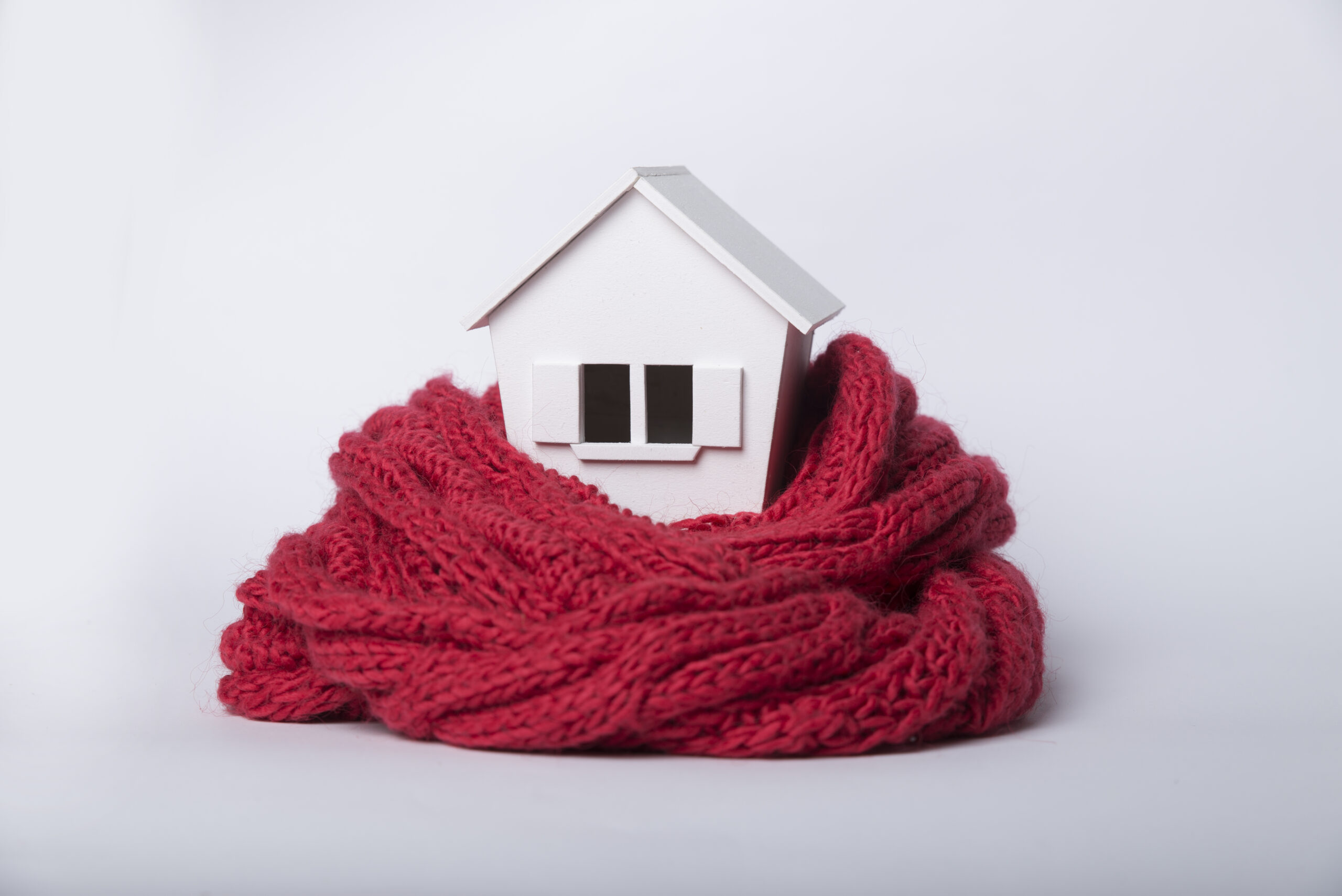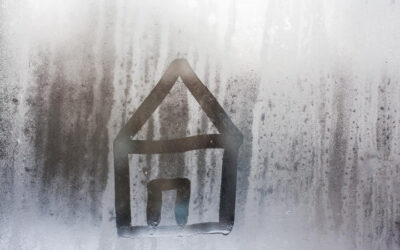Further amendments have been made to the Healthy Homes Standards for rental properties that come into effect on the 12th of May. Amendments include:
- Changes to the heating standard;
- Changes to the ventilation standard; &
- Clarification to the moisture ingress and drainage standard.
Changes to the heating standard – HOW THE REQUIRED HEATING CAPACITY IS CALCULATED
The changes to the heating standard include a new formula to calculate the required heating capacity for homes built to the 2008 building code requirements (for insulation and glazing) and apartments.
The updated formula (released on the 12th of May) for these building types means that smaller qualifying heaters may be able to be installed in these buildings.
The original heating formula remains for all other rentals that are not built to the 2008 building code or are not apartments. This means that most rentals will not be affected by this change. Buildings which are not apartments and are not built to the 2008 building code requirements for insulation and glazing still need to comply with the original Healthy Homes Standards heating requirements unless they meet the requirements of one of the alternative pathways, described in the link below.
HEATERS INSTALLED PRIOR TO 1 JULY 2019
The Government is also allowing electrical heaters to boost the heating capacity to what is required when qualifying heaters installed prior to 1 July 2019 are short capacity by 2.4kW or less, rather than 1.5kW or less.
The trigger point to top up or replace existing heating installed before 1 July 2019 has been revised to existing heaters that are at 80% of the required heating capacity, instead of 90%.
Over time, as heaters need to be replaced due to wear and tear, they will need to meet the full requirement of the heating standard.
CLARIFICATION TO THE HEATING STANDARD IF THE LANDLORD IS NOT THE OWNER OF THE WHOLE TENANCY BUILDING
A minor change to the heating standard has been made to clarify situations where the landlord is not the owner of the whole tenancy building and so cannot meet the heating standard. If the required heating capacity is over 2.4 Kw, a landlord must install at least one qualifying heater that has a heating capacity of at least 2 kW. A fixed electric heater with a thermostat is an acceptable heater for this situation.
Changes to the ventilation standard
- Amendments to the healthy homes ventilation standard now support the use of continuous mechanical ventilation, which extracts moisture to the outdoors from kitchens and bathrooms. Examples of these systems are balanced ventilation systems that extract air from bathrooms and kitchens.
Clarification to the moisture ingress and drainage standard
- A minor change to the moisture ingress and drainage standard for moisture barriers has been made. It clarifies that landlords are not required to install alternative moisture barriers where installation of a polythene barrier isn’t reasonably practical.
Source: www.hud.govt.nz



